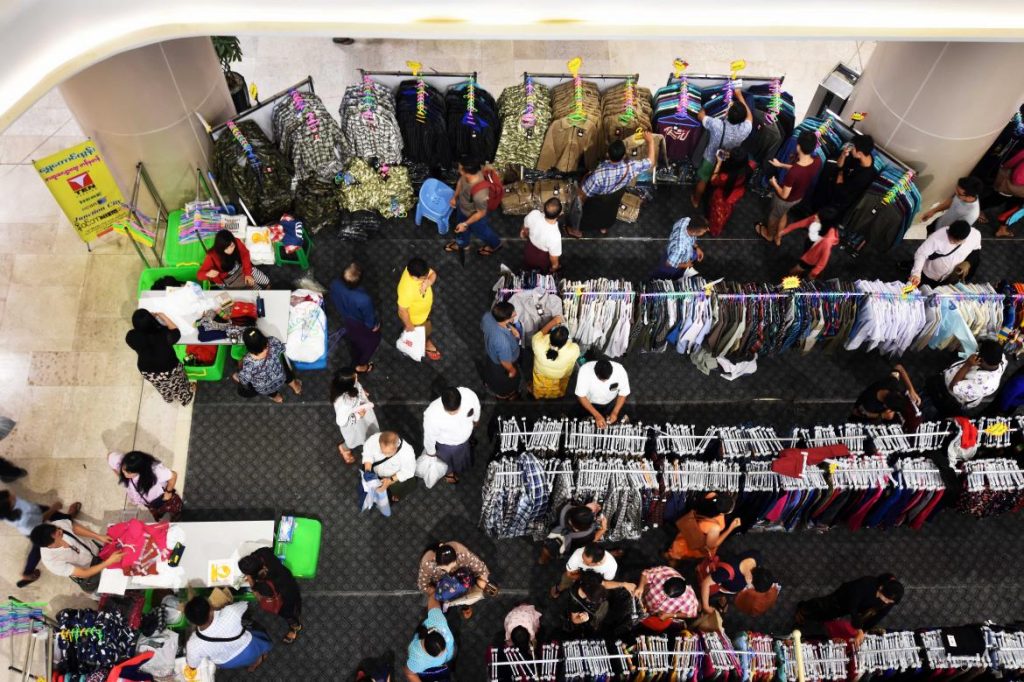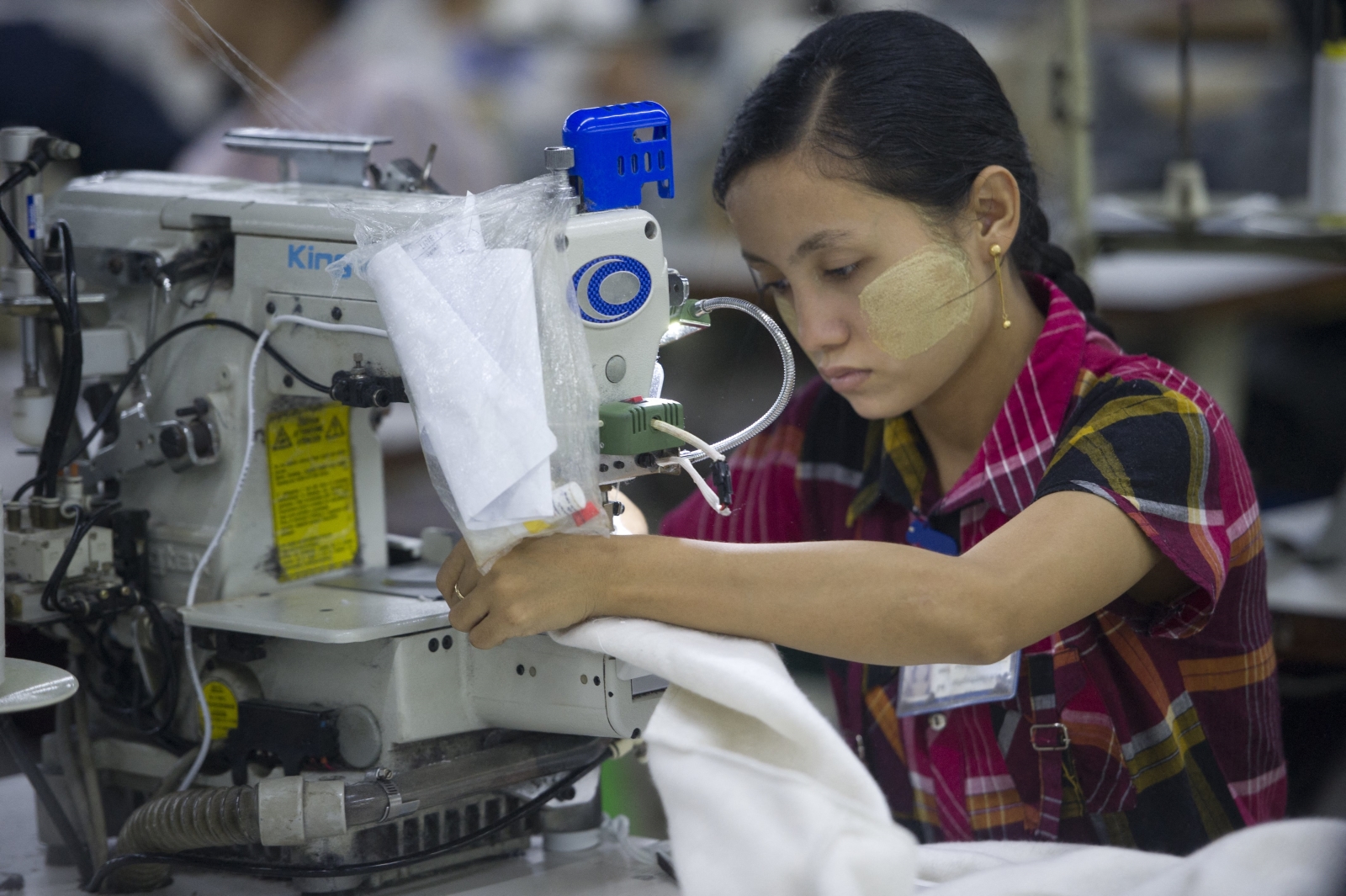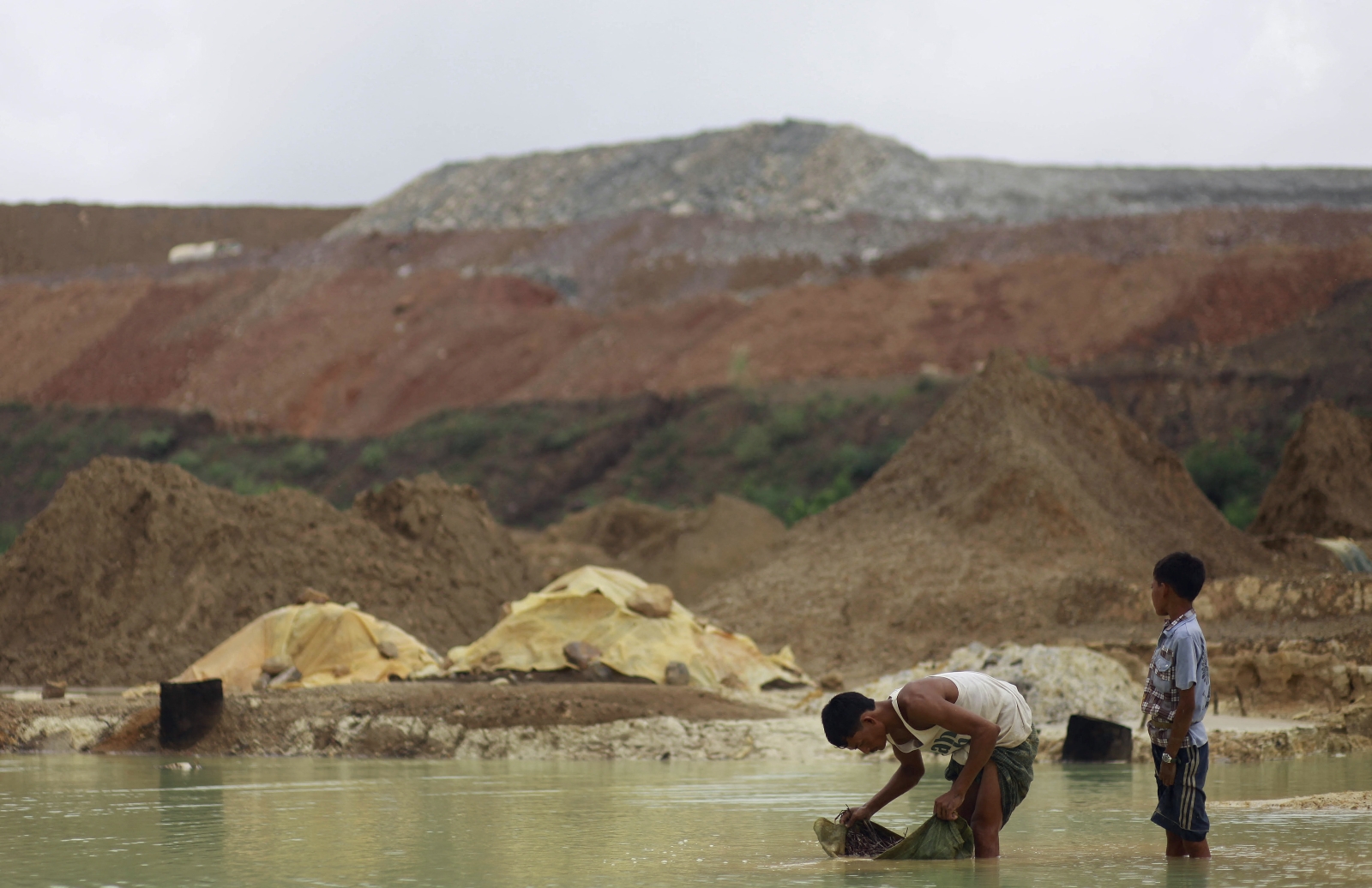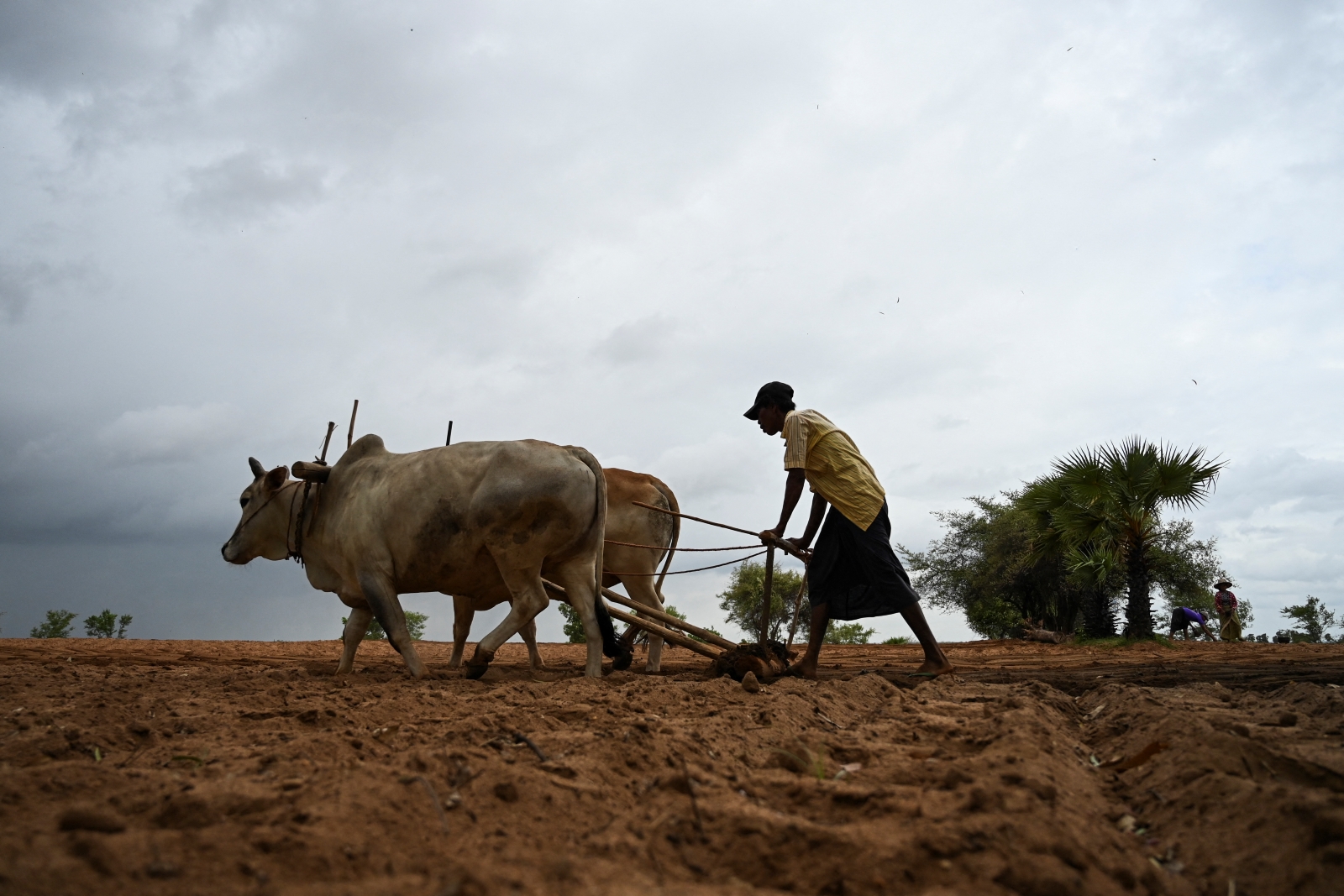Laws passed in 2016 and 2017 have brought major reforms to the Myanmar Investment Commission and have been received with cautious optimism by investors.
By ROSS TAYLOR | FRONTIER
THE Myanmar Investment Commission has recently undergone a major transformation because of changes arising from the Myanmar Investment Law 2016 (MIL) and the Myanmar Investment Rules 2017 (MIR).
It is important for both Myanmar and foreign investors to understand the impact of these changes if they are to benefit fully from them. Theoretically, the changes should make it easier for foreign investors to obtain long leases, which is of critical importance for most businesses. However, tax holidays under the MIL are being more restrictively applied. It will become evident over the next year or so whether the changes have brought significant benefits for investors.
MIC permit
Before the changes, an MIC application was for an MIC permit, which automatically included tax privileges and the right to long leases. Under the changes, the following investments require an MIC permit:
- investments considered strategic to Myanmar;
- big, capital-intensive projects;
- projects likely to have a significant impact on the environment and the local community;
- investments using state-owned land and buildings; and
- investments designated by the government to require the submission of a proposal to the MIC.
Support more independent journalism like this. Sign up to be a Frontier member.
The MIR stipulates that the following investments are considered strategic:
- in technology, transport infrastructure, energy infrastructure, urban development infrastructure and building new cities, the extractive/natural resources sector, and the media, and any investment valued at more than US$20 million;
- investments pursuant to the grant of a concession or similar authorisation by an authority with an expected value exceeding US$20 million;
- various other types and sizes of investment within a fairly narrow range.
The MIR defines a big, capital-intensive investment as exceeding $100 million in value.
MIC endorsement
The MIL introduced a new type of MIC approval, called an MIC endorsement. All applications to the MIC that do not require an MIC permit are required to apply for MIC endorsement. The applications may be lodged at the main MIC office, or if the investment is valued at less than $5 million, with a state or regional investment committee. In situations in which a state or region has an operational committee and the value of the investment is under $5 million, the MIC may refer the matter to the relevant state or region.
Tax incentives
Income tax incentives have changed completely. Previously, there was an automatic five-year income tax holiday when an MIC permit was granted. Under the MIL, income tax holidays are discretionary and are determined by an investment’s location. Less developed regions (designated as Zone 1) attract income tax exemptions of seven years, moderately developed regions (Zone 2) have five-year exemptions, and adequately developed regions (Zone 3), are exempt for three years.
Although the underlying philosophy behind the zone system is well understood, it is questionable whether these differences are sufficient to change the balance of investment in the states and regions. It is potentially unfortunate that tax exemptions have been reduced for businesses willing to invest in areas with the necessary infrastructure to support their activities.
Other tax incentives remain the same: for example, exemptions from customs duty and other taxes on construction machinery, and exemptions or relief from customs duty and other taxes on imported raw materials needed to manufacture exports.
Application timelines
A problem with the old MIC permit application procedure was lengthy delays. It was not uncommon for the process to take six months and not unknown for it to take a year, which was not practical. The MIR tries to address this problem by setting strict time limits for processing applications for MIC permits and MIC endorsements.
The MIR stipulate that if an application for an MIC permit is accepted, it shall be processed in 70 working days, but the process can be suspended more than once if the MIC requests further information. The difficulty is that the MIC always requires further information, so the process will inevitably be longer than 70 working days. There is also the question of resources. The time targets were imposed on MIC by the MIR but if the commission is not provided with further resources it is difficult to see them as anything other than aspirational.
Similar comments can be made about MIC endorsement procedures. The MIR says it should take no longer than 40 days to process an approved MIC endorsement application. It remains to be seen if MIC can meet the challenging deadlines involving processes with which it is unfamiliar.
Promoted businesses
The MIL introduces a further hurdle for the MIC when considering income tax holidays under either permit or endorsement applications: the investment must be a “promoted business” as defined by the commission.
There are 20 economic categories that meet the definition of a “promoted business”: agriculture and related services; plantation and conservation of forests, and other forestry business; livestock production, breeding and production of fishery products and related services; manufacturing (except alcohol, cigarettes and similar products); establishing industrial zones; establishing new urban areas; city development activities; building roads, bridges and railway lines; building seaports, river ports and dry ports; managing, operating and maintaining airports; maintaining aircraft; supply and transport services; power generation, transmission and distribution; production of renewable energy; telecommunications; education services; health services; information technology services; hotels and tourism; and science research and development businesses.
Long leases
Under the 1987 Transfer of Immovable Property (Restriction) Act, foreigners or foreign companies cannot lease land for longer than one year, which is an obvious disincentive for investment. The MIL, in common with the previous investment law, allows the MIC to grant approval for long leases to permit or endorsement applicants. As before, the leases can be for up to 50 years, with the possibility of two 10-year extensions, for a maximum 70 years.
However, there is an odd discrepancy between the MIL, and the 2014 Myanmar Special Economic Zones Law, under which a developer or investor in a SEZ may be granted an initial 50-year lease and an extension for 25 years, five years longer than an MIC permit or endorsement. It is unclear why the MIL did not take the opportunity to rectify this inconsistency.
Investment Guarantee
Finally, there is the “investment guarantee”. It guarantees that the government will not nationalise any investment or take any expropriation measures, directly or indirectly, that are likely to result in an investment being terminated.
The guarantee is a welcome development but there are provisions for exemptions in situations when nationalisation or expropriation is necessary for the interest of the Union or its citizens, the meaning of which is potentially very vague and broad. Additionally, nationalisation or expropriation must be conducted in a non-discriminatory manner and in accordance with applicable laws, and be followed by a prompt, fair and adequate compensation payment.
Various factors are mentioned that should be taken into account in determining what is “fair and adequate” compensation, such as fair consideration of the public interest and the investor’s interests and the fair market value of the investment. However, such factors are sufficiently vague as to significantly reduce the value of the investment guarantee.
Implications
The MIL adds a degree of complexity to the investment regime in Myanmar by introducing different tax incentives for different areas and different types of MIC approvals. It also seeks to speed up the MIC process by reducing the number of MIC permits required and replacing them with MIC endorsements, and introducing clear timelines for both permit and endorsement applications.
The main objective of the MIL is surely to assist in attracting more investment applications and making the process easier. However, it remains to be seen if the MIL and MIR will achieve this critical objective.







